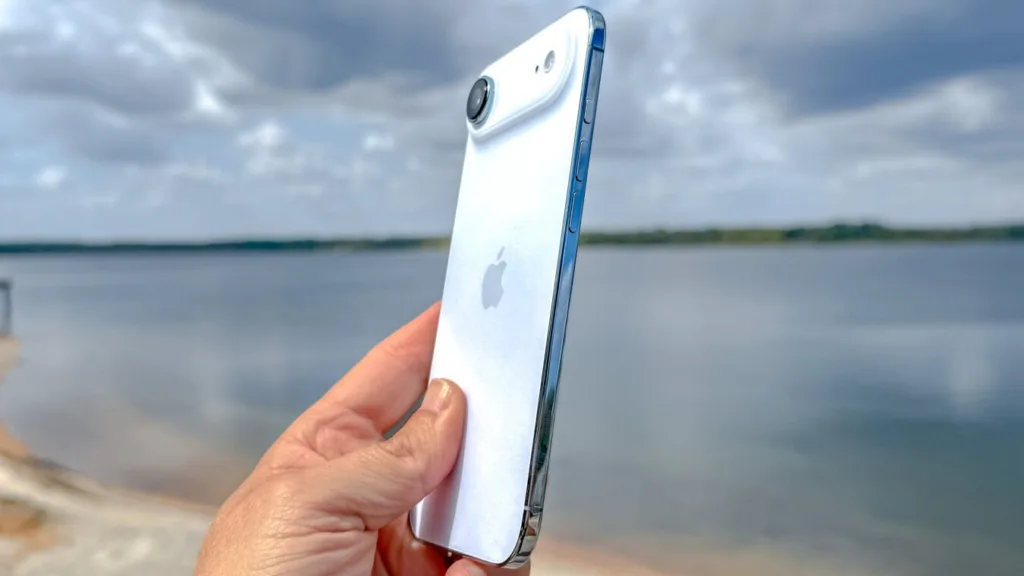Apple plans to slash iPhone Air production by one million units due to disappointing sales, according to Japan’s Mizuho Securities. While the iPhone 17, 17 Pro, and 17 Pro Max are performing strongly, the ultra-thin iPhone Air has become the surprising outlier in Apple’s 2025 lineup.
Table of Contents

iPhone 17 Series Sales Performance
| Model | Sales Status | Production Change |
|---|---|---|
| iPhone Air | Underwhelming, below expectations | Cut by 1 million units |
| iPhone 17 | Major success vs iPhone 16 | Increased by 2 million units |
| iPhone 17 Pro | Higher than iPhone 16 Pro | Increased by 2 million units |
| iPhone 17 Pro Max | Higher than iPhone 16 Pro Max | Increased by 2 million units |
| Overall Forecast | Initial: 88M units → Revised: 94M units for early 2026 | +6 million units total |
Western Markets Reject Ultra-Thin Design
Despite selling out within hours in China, the iPhone Air has struggled in Western markets. The ultra-thin design—Apple’s thinnest iPhone ever—apparently hasn’t resonated with consumers who prioritize battery life and camera capabilities over sleek aesthetics.
Samsung faced similar challenges, reportedly canceling the Galaxy S25 Edge successor due to low sales of its own thin smartphone experiment. This suggests the market for ultra-thin flagships may be smaller than anticipated.

iPhone 17 Standard Model Steals the Show
The real winner? The standard iPhone 17 is performing significantly better than the iPhone 16, proving that consumers still value a balanced feature-to-price ratio. The iPhone 17 Pro models are also exceeding their predecessors’ sales during comparable periods.
Why the iPhone Air Flopped
Several factors likely contributed to the iPhone Air’s lukewarm reception. The ultra-thin design required compromises—likely reduced battery capacity, potentially fewer camera features, and questions about durability. At flagship pricing, consumers expect no compromises.
Additionally, the “Air” branding may have confused buyers. While successful for MacBook Air and iPad Air as affordable alternatives, applying it to a premium-priced, feature-limited iPhone created mixed messaging.

Apple’s Response: Strategic Pivot
By cutting iPhone Air production while increasing output for other models, Apple demonstrates its willingness to adapt quickly to market feedback. The revised forecast of 94 million units (up from 88 million) shows overall iPhone 17 demand remains robust.
This production adjustment mirrors Apple’s historical product strategy—when something doesn’t work, pivot fast. The iPhone mini faced similar fate after two generations of disappointing sales.
For detailed coverage of Apple’s product lineup and future releases, check our iPhone news section.
FAQs
Why is Apple cutting iPhone Air production?
The iPhone Air is experiencing underwhelming sales in Western markets despite initial China success.
Which iPhone 17 model is selling best?
The standard iPhone 17 is a major success, significantly outperforming the iPhone 16.








